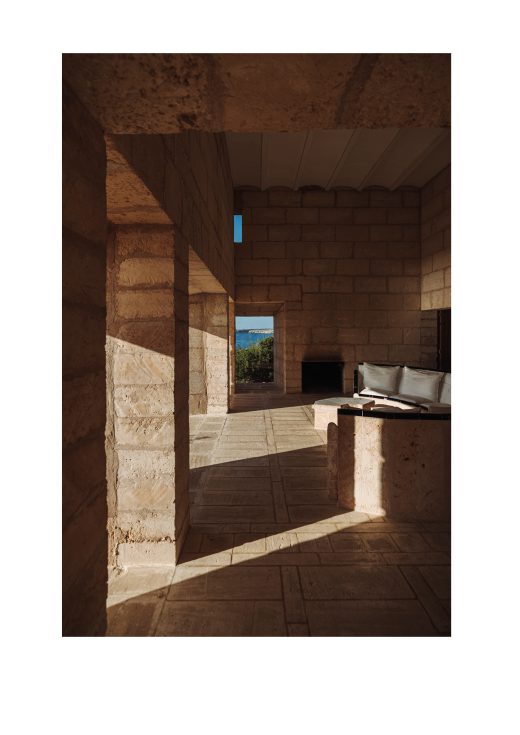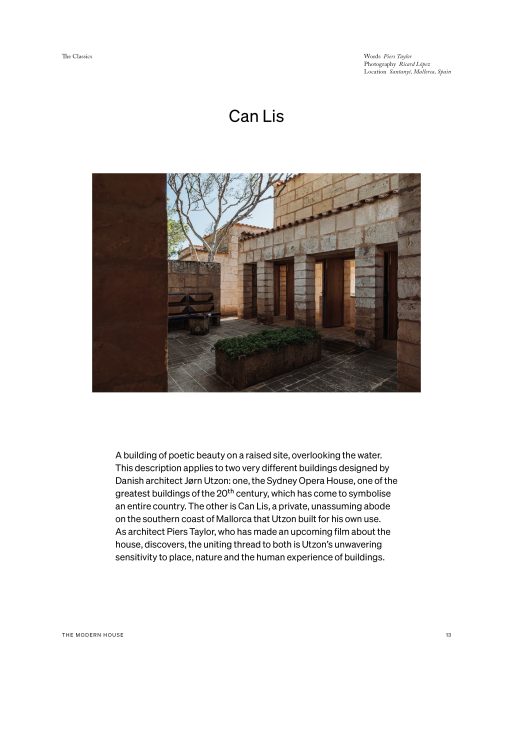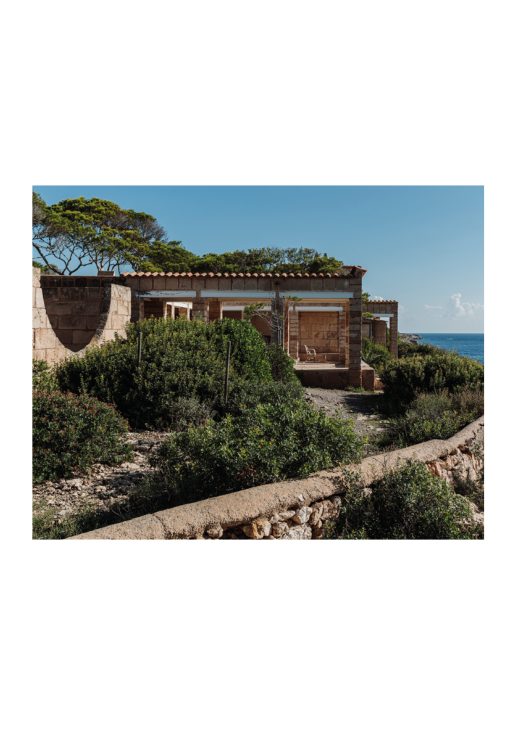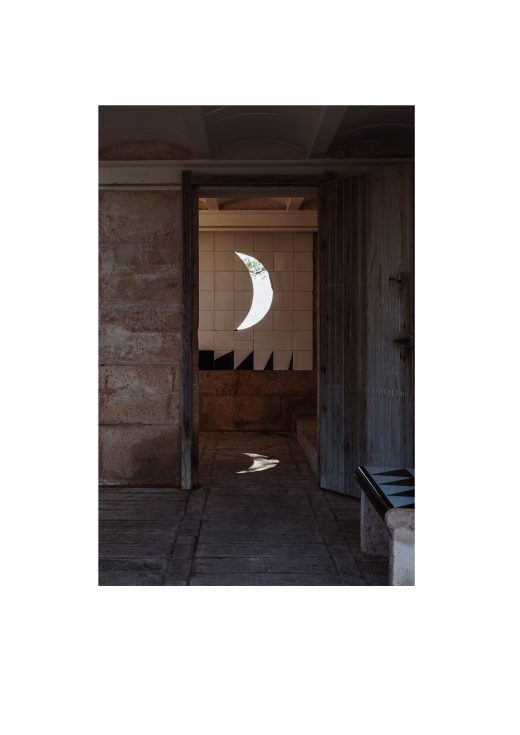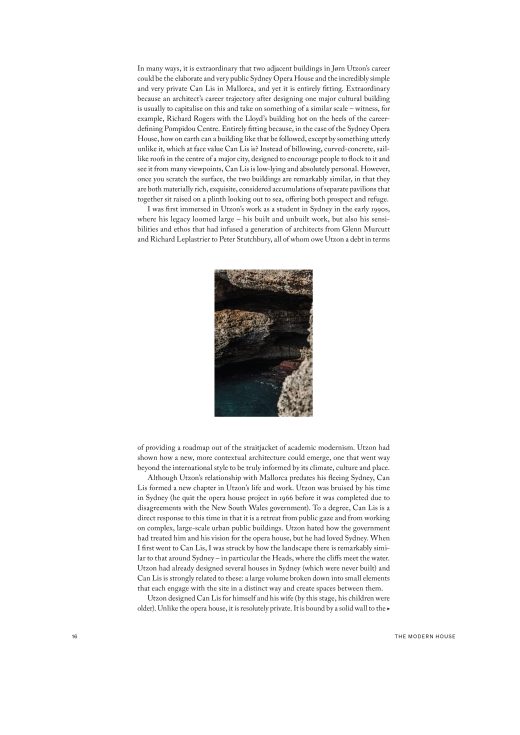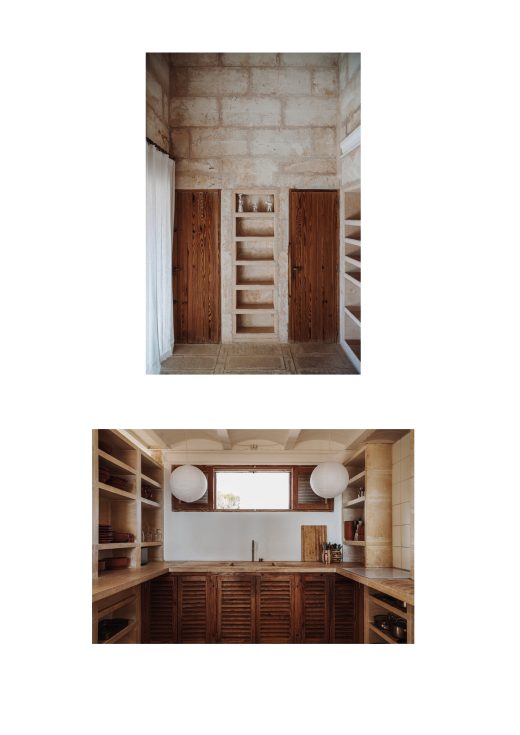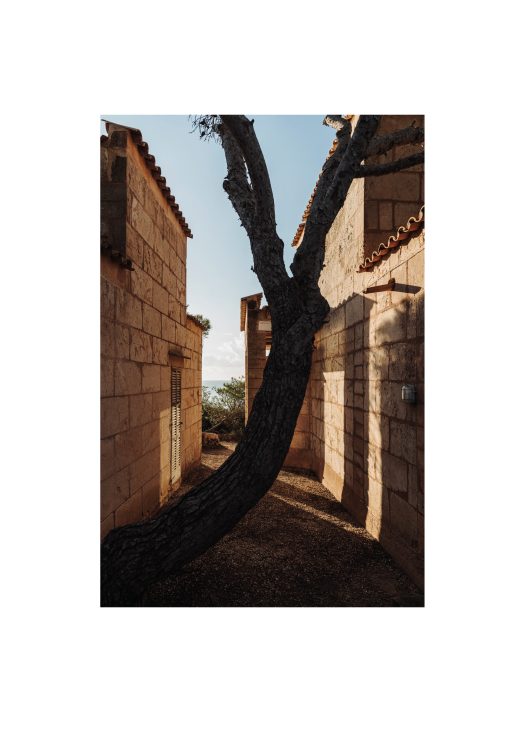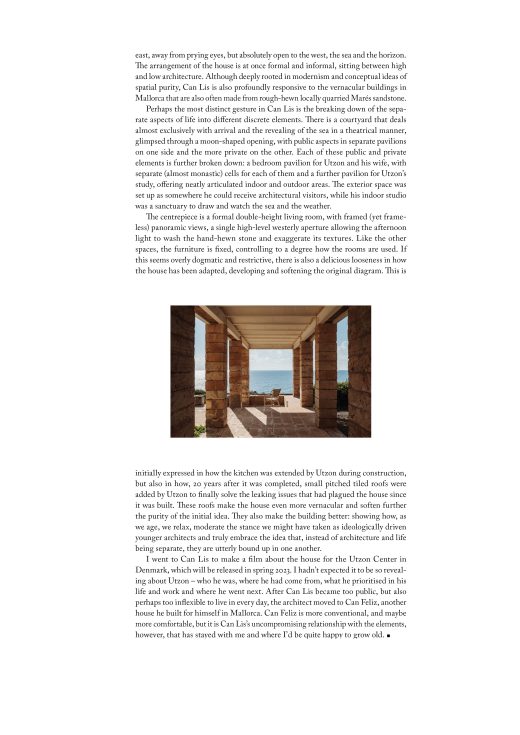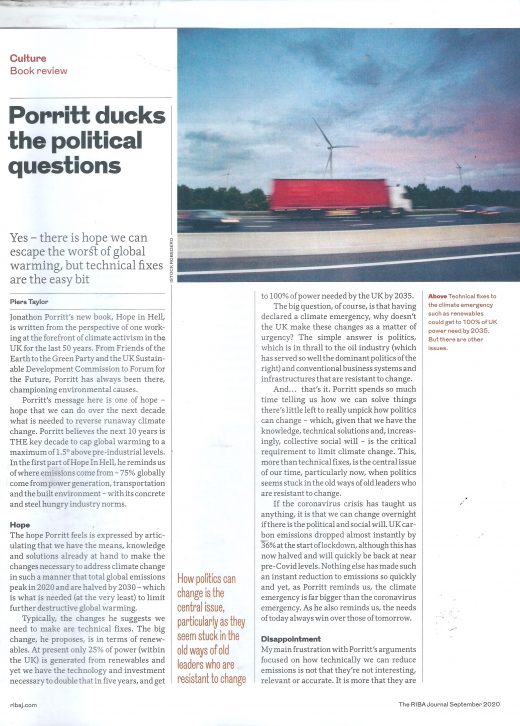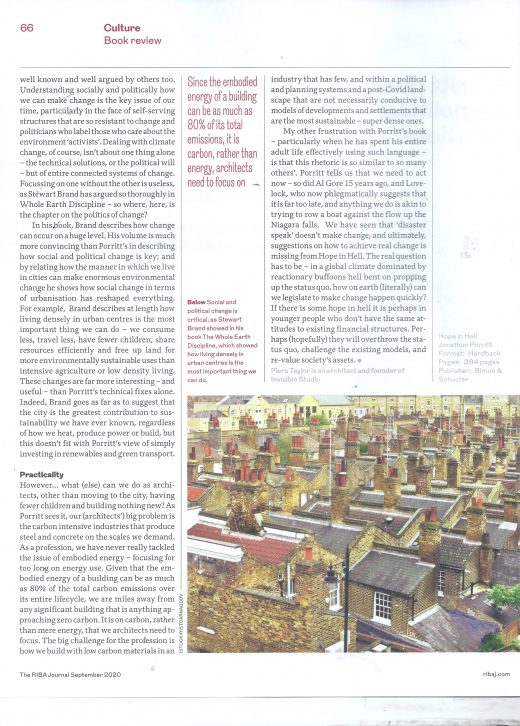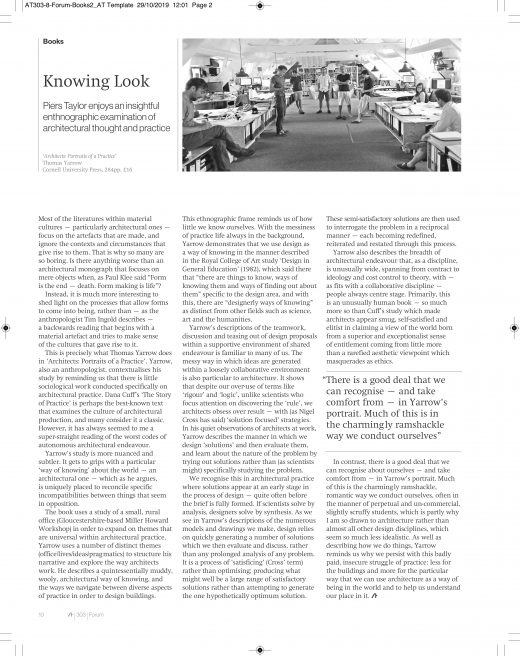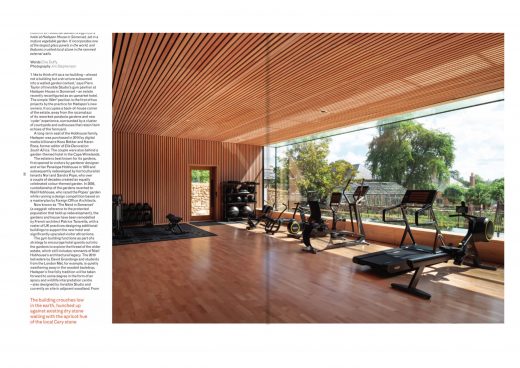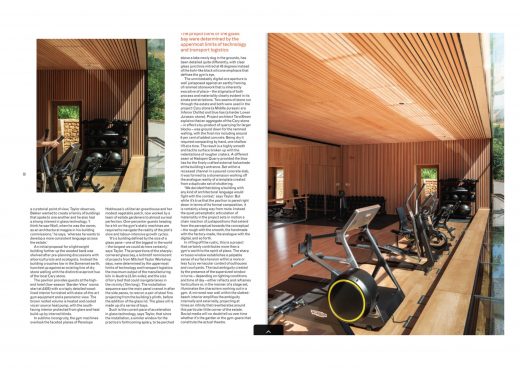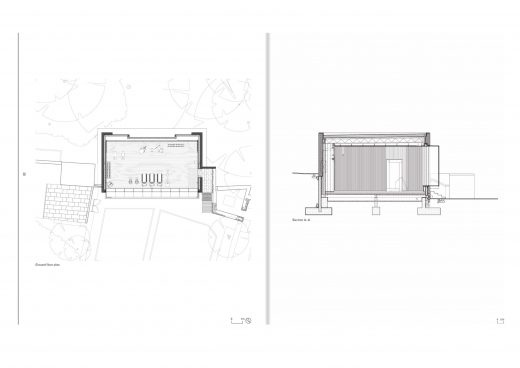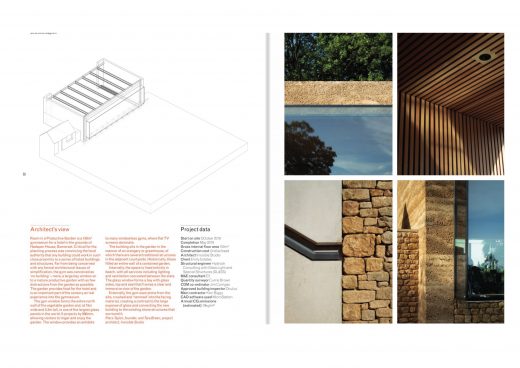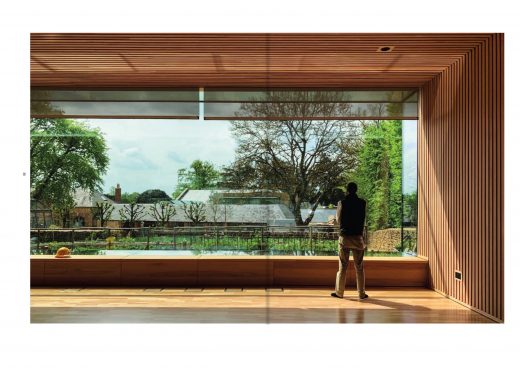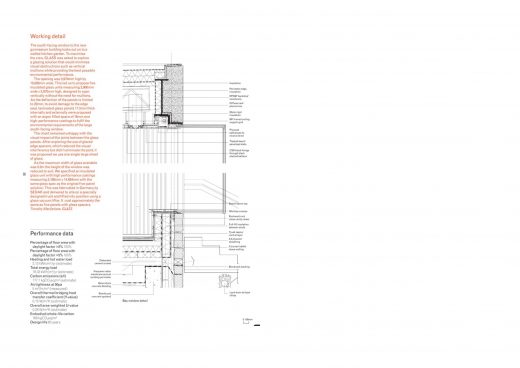Piers Taylor visited Jørn Utzon’s Can Lis in Mallorca for the Modern House Magazine. Read his piece HERE
Piers Taylor reviews Jonathan Porritt’s Hope in Hell
Hope In Hell
Jonathan Porritt’s new book is written from the perspective of one working at the forefront of climate activism in the UK for the last 50 years. From Friends of the Earth, the Green Party, the UK Sustainable Development Commission to Forum for the Future, Porritt has always been there, championing environmental causes.
Porritt’s message here is one of hope – hope that we can do over the next decade what is needed to reverse runaway climate change. Porritt considers the next ten years is THE key decade to cap global warming to a maximum of 1.5 degrees above pre-industrial kevels. In the first part of Hope In Hell, Porritt reminds us of where emissions come from – 75% global emissions come from power generation, transportation and the built environment – with its concrete and steel hungry industry norms.
The hope Porritt feels is expressed via articulating that we have the means, the knowledge and the solutions already at hand to make the changes necessary to address climate change in such a manner that total global emissions peak in 2020 and are halved by 2030 which is what is needed (at the very least) to limit further destructive global warming.
Typically, the changes that Porritt suggest we need to make are technical fixes. The big change as far as Porritt concerned is in terms of renewables. At present only 25% of power (within the UK) is generated from renewables and yet we have the technology and investment necessary to double that in 5 years, and get to 100% of power needed by the UK by 2035.
The big question, of course in the UK, is having declared a climate emergency, why don’t we follow through and make these changes as a matter of urgency? The simple answer is politics, which is in thrall to the oil industry (which has served so well the dominant politics of the right) and conventional business systems and infrastructures that are resistant to change.
And… that’s it. Porritt spends so much time telling us how we can solve things without really unpicking how politics can change – which, given we have the knowledge, technical solutions increasingly collective social will – is the critical thing that needs to change for climate change to be limited. This, more than technical fixes, is the central issue of our time, particularly now when politics seems stuck in the old ways of old leaders who are resistant to change.
If the Coronavirus crisis has taught us anything, it is that we can change overnight, if there is the political and social will. UK carbon emissions dropped almost overnight by 36% at the beginning of lockdown, although this has now halved and will quickly get back to near pre-Covid levels. Nothing else has made such an instant reduction to emissions so quickly and yet as Porritt reminds us, the climate emergency is a far bigger one than the Coronavirus emergency. As Porritt also reminds us, the needs of today always win over those of tomorrow.
My central frustration with Porritt’s arguments which focus on how technically we can reduce emissions is not that they’re not interesting, relevant or accurate. It is more that they are well known and well argued by others too. Understanding socially and politically how we can make change is the key issue of our time, particularly in the face of self-serving structures that are so resistant to change and politicians who label those who care about the environment ‘activists’. Dealing with climate change, of course, isn’t about one thing alone – the technical solutions, or the political will – but of entire connected systems of change. Focussing on one without the other is useless, as Stewart Brand has argued so thoroughly – so where, here, is the chapter on the politics of change?
In The Whole Earth Discipline, Brand describes how change can occur on a huge level. Brand’s book is much more convincing than Porritt’s in describing how social and political change is key, and how social change in terms of urbanisation has reshaped everything in relating the manner in which we live in cities can make enormous environmental change. For example, Brand describes at length how living densely in urban centres is the most important thing we can do – we consume less, travel less, have fewer children, share resources efficiently and free up land for more environmentally sustainable uses than intensive agriculture or low density living. These changes are far more interesting – and useful – than Porritt’s technical fixes alone. Indeed, Brand goes as far as suggesting that the city is the greatest contribution to sustainability we have ever known, regardless of how we heat, produce power or build, but this doesn’t fit with Porritt’s view of simply investing in renewables and green transport.
Irrespective – what (else) can we do as architects, other than moving to the city, having fewer children and not building anything new at all? As Porritt describes, our (architects’) big problem is the carbon intensive industries that produce steel and concrete on the scales we demand. As a profession, we have never really tackled the issue of embodied energy – focusing for too long on energy use. Given that embodied energy over the whole life of a building can be as much as 80% of the total carbon emissions over the lifecycle of a building, we are miles away from any significant building that is anything approaching zero carbon. It is carbon, rather than mere energy, where we architects need to focus. The big challenge for architects is how we build with low carbon materials in an industry where there are few, and within a political and planning systems and a post-Covid landscape that are not necessarily conducive to models of developments and settlements that are the most sustainable – super dense ones.
My other frustration with Porritt’s book – particularly when Porritt has spent his entire adult life effectively using similar rhetoric – is that this rhetoric is so similar to so many others. Porritt tells us that we need to act now, and so did Al Gore 15 years ago, and so did Lovelock, who now phlegmatically suggests that it is far too late, and anything we do is akin to trying to row a boat against the flow up the Niagara falls. We have seen that ‘disaster speak’ doesn’t make change, and ultimately, suggestions on how to achieve real change is missing from Hope in Hell. The real question has to be – in a global climate dominated by reactionary buffoons hell bent on propping up the status quo, how on earth (literally) can we legislate to make change happen quickly? If there is some hope in hell it is perhaps in younger people who don’t have the same attitudes to existing financial structures. Maybe (hopefully) they will overthrow the status quo, challenge the existing models, and re-value societies’ assets.
Piers Taylor 2020
Book Review
Piers Taylor reviewed Thomas Yarrow’s Portraits of a Practice for Architecture Today.
Most of the literatures within material cultures – particularly architectural ones – focus on the artefacts that are made, and ignore the contexts and circumstances that give rise to them. In a sense, that is why so many are so boring. Is there anything worse than an architectural monograph that focuses on mere objects when – as Paul Klee said ‘Form is the end – death. Form making is life’?
Instead, it is much more interesting to shed light on the processes that allow forms to come into being, rather than – as the anthropologist Tim Ingold describes – a backwards reading that begins with a material artefact and tries to make sense of the cultures that gave rise to it.
This is precisely what Thomas Yarrow’s Portraits of a Practicedoes. Yarrow – also an anthropologist – contextualises his work by reminding us that there is little sociological work conducted specifically on architectural practice. Dana Cuff’s The Story of Practiceis perhaps the most well known text that examines the culture of architectural production, and is considered by many a classic. However, Cuff’s book has always seemed to me a super-straight reading of the worst codes of autonomous architectural endeavour.
Yarrow’s narrative is more nuanced and subtler than Cuff’s. Yarrow’s study gets to grips with a particular way of knowing about the world – an architectural one – which as he describes, is uniquely placed to reconcile specific incompatibilities between things that seem in opposition.
The book uses a study of a small, rural office (Miller Howard Workshop) in order to explore and expand on a number of themes that are universal within architectural practice. Yarrow uses a number of distinct themes (office/lives/ideas/pragmatics etc) to structure his narrative and explore the way in which architects work. The book describes a quintessentially muddy, wooly, architectural way of knowing, and how we navigate between the diverse aspects of practice in order to design buildings.
This ethnographic frame reminds us of how little we know ourselves about how we do things – or most importantly, about how we design. With the messiness of small practice life always in the background, and meandering through the themes that structure the book (arranged loosely from idea to building) Yarrow reminds us there is a distinct designedly form of activity that separates it from other types of enquiry such a science, being dissimilar in its ‘problem solving’ methodologies.
As Yarrow demonstrates, we use design as a ‘way of knowing’ in the manner of that described in the Royal College of Art study ‘Design in General Education’ (1982) which said there that ‘there are things to know, ways of knowing them and ways of finding out about them’ specific to the design area, and with this, there are ‘designerly way of knowing’ as distinct from other fields such as science, art and the humanities.
Yarrow descriptions of the teamwork, discussion and teasing out of design proposals within a supportive environment of shared endeavour is familiar to many of us. It is also in the messy way which ideas are generated within a loosely collaborative environment that is particular to architecture. It shows that despite our over-use of terms like rigour and logic, unlike scientists who focus attention on discovering the ‘rule’, we architects obsess over result – with (as Nigel Cross said) ‘solution focused’ strategies. In his quiet observations of architects at work, Yarrow describes the manner in which we design ‘solutions’ and then evaluate them, and learn about the nature of the problem by trying out solutions rather than (as scientists) specifically studying the problem.
We recognise this in architectural practice where solutions appear at an early stage in the process of design – quite often before the brief is fully formed. If scientists solve by analysis, designers (problem) solve by synthesis. As we see in Yarrow’s descriptions of the numerous models, sketches and images we make, a central feature of design activity relies on quickly generating a number of solutions – which we then evaluate, discuss, mull over – rather than any prolonged analysis of any problem. It is a process of (Cross’ term) ‘satisficing’ rather than optimising; producing what might well be a large range of satisfactory solutions rather than attempting to generate the one hypothetically optimum solution. These semi-satisfactory solutions are then use to interrogate the problem in a reciprocal manner – each becoming redefined, reiterated and restated through this process.
This process of architectural enquiry in Yarrow’s book is something Jennifer Whyte has also written about in her paper Future Making and Visual Artefacts: An Ethnographic Study of a Design Project (2017) which documents how sketch representations of design proposals become enrolled in practices of ‘imagining, testing, stabilizing and reifying’ through which ‘abstract imaginings of the future’ are turned into a ‘realizable course of action’. This is in contrast to science practice where a forensic type of analysis is carried over a significant period of time without any propositional making or representations of solutions, before, at the end of the process of research, a solution is designed that ‘fits’ exactly the definition of the project. Yarrow’s account describes the spaces between intuition and exploration within which we find these solutions.
Yarrow also describes the breadth of architectural endeavour that, as a discipline, is unusually wide, spanning from contract to ideology and cost control to theory, with – as fits with a collaborative discipline – people always centre stage. Primarily, this is an unusually human book – so much more so than Cuff’s study which made architects appear smug, self-satisfied and elitist in claiming a view of the world born from a superior and exceptionalist sense of entitlement coming from little more than a rarefied aesthetic view point which masquerades as ethics.
In contrast, there is a good deal that we can recognise about ourselves – and take comfort from – in Yarrow’s portrait. Much of this is the charmingly ramshackle, romantic way we conduct ourselves, often in the manner of perpetual and un-commercial slightly scruffy students, which is partly why I am so drawn to architecture, rather than almost all other design disciplines, which seem so much less idealistic. As well as describing how we do things, Yarrow reminds us why we persist with this badly paid, insecure struggle of practice: less for the buildings and more for the particular way that we can use architecture as a way of being in the world and to help us understand our place in it.
© Piers Taylor
Piers Taylor on Stirling 2019
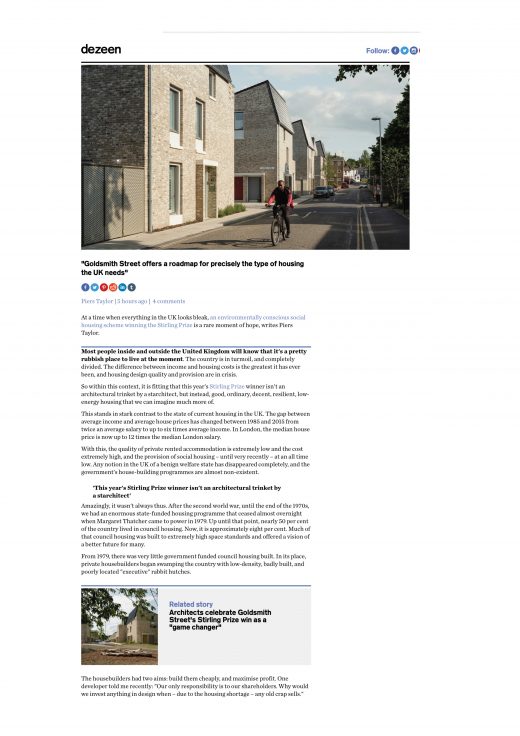
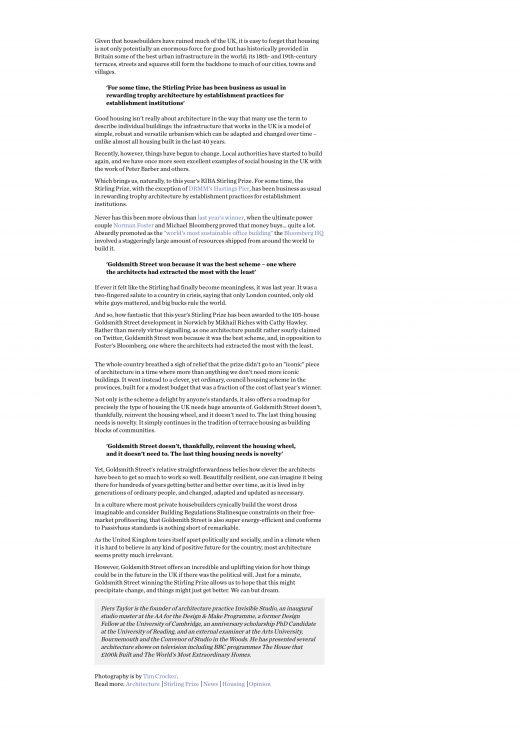 Read full piece HERE
Read full piece HERE
Categories
- 100k house
- Articles
- brexit
- Caretaker's House
- Christchurch
- current
- East Quay Watchet
- film
- ghost barn
- Glenn Murcutt
- Heroes
- Hooke Park
- House in an Olive Grove
- Invisible Studio
- longdrop
- Mess Building
- Moonshine
- On the Road Again
- passihvaus
- piers taylor
- piers,taylor
- press
- Projects
- Riverpoint
- Self Build
- Stillpoint
- Studio Build
- Studio in the Woods
- talks
- Trailer
- truss barn
- Uncategorized
- Vernacular Buildings
- watchet
- Westonbirt
Tags
- caretaker's house
- design and make
- Design Build Workshop
- Design Make
- east quay
- east quay watchet
- Glenn Murcutt
- green timber architecture
- Hooke Park
- Hooke Park Big Shed
- Invisible Studio
- Low Impact House
- moonshine
- Onion Collective
- piers taylor
- Piers Taylor Architect
- piers taylor invisible studio
- self build
- self build architect
- Starfall Farm
- Stillpoint Bath
- studio in the woods
- Sustainable Architecture
- The house that £100k built
- timber architecture
- Timber House
- timber workshop
- visible studio
- westonbirt architecture
- westonbirt tree management centre
